It seems to be in the nature of human beings to move from one place to another, to trade with their neighbors for goods, skills, and ideas. That’s where modern commerce and trade evolved from, and also what today’s concept of globalization is based on.
Looking back into history, it’s hard to neglect the role of the network of commu-nication routes and trade paths criss-crossing the Eurasian region, known as the Silk Road, which was widely considered as the link connecting China and the west for the first time, as well as the inspiration for today’s Belt and Road Initia-tive.
Very much mirrored in the strategy which was proposed in 2013, the legacy of the ancient trade route once again displays its importance and dynamism in terms of economic cooperation and cultural communication. With Belt and Road Initiative, a past glory for China and the rest of the world will ultimately be re-stored in the 21st century.
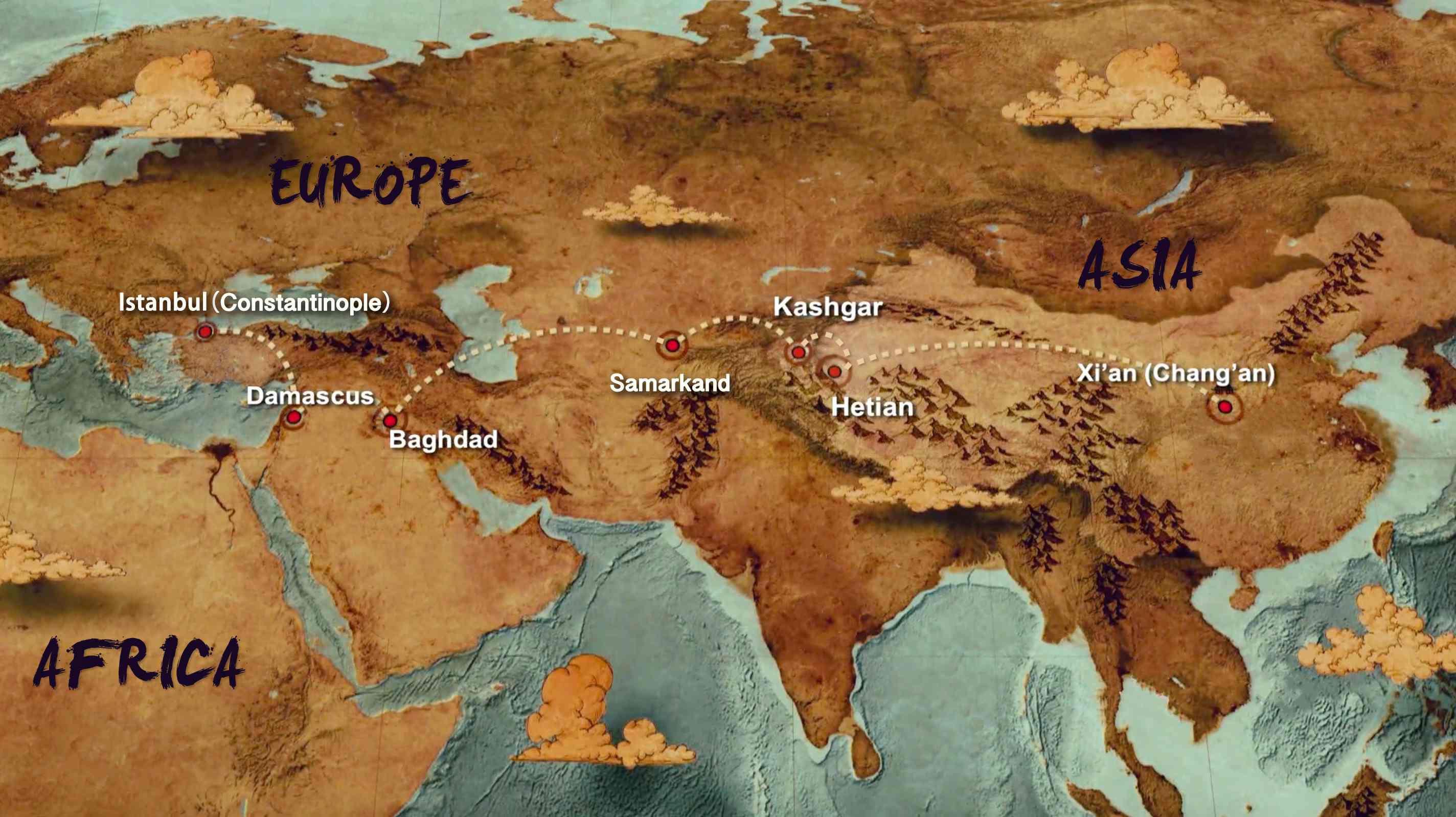
Map showing the main and classical route the western merchants taking from Europe to Asia in ancient times.
From when East met West to Marco Polo’s pioneering voyage
To fully understand the significance of the Belt and Road Initiative today, you need to know about its glorious past as the legendary Silk Road, which dated back to the Han dynasty (206 BC – 220 AD). The Silk Road was an ancient net-work of interconnected trade routes stretching some 6,000 kilometers from Eu-rope through the Middle East and Central Asia to the Far East. The overland, intercontinental Silk Road divided into northern and southern routes bypassing the Taklamakan Desert and Lop Nur in today’s Xinjiang Uygur Autonomous Re-gion.
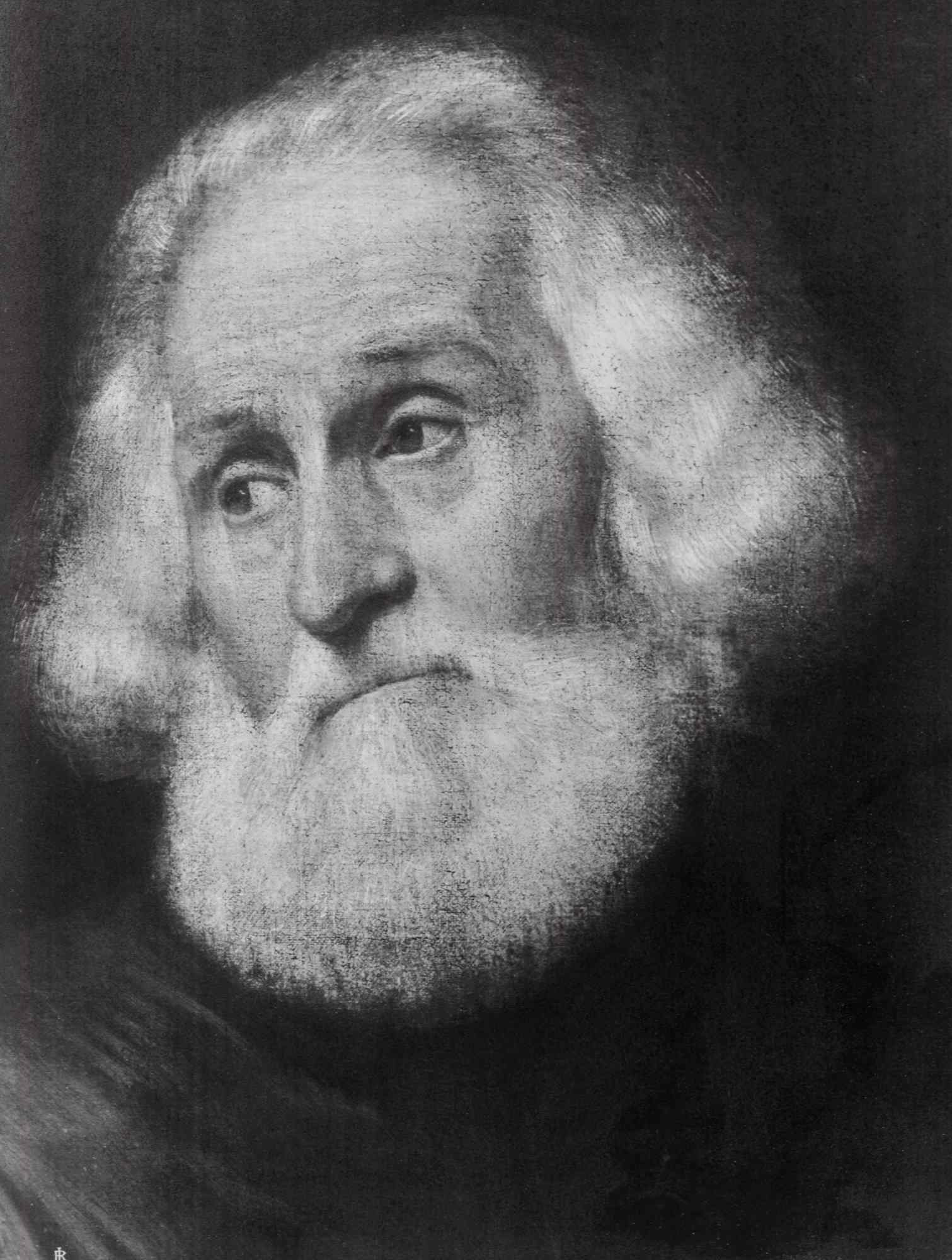
Marco Polo, the Italian merchant traveler.
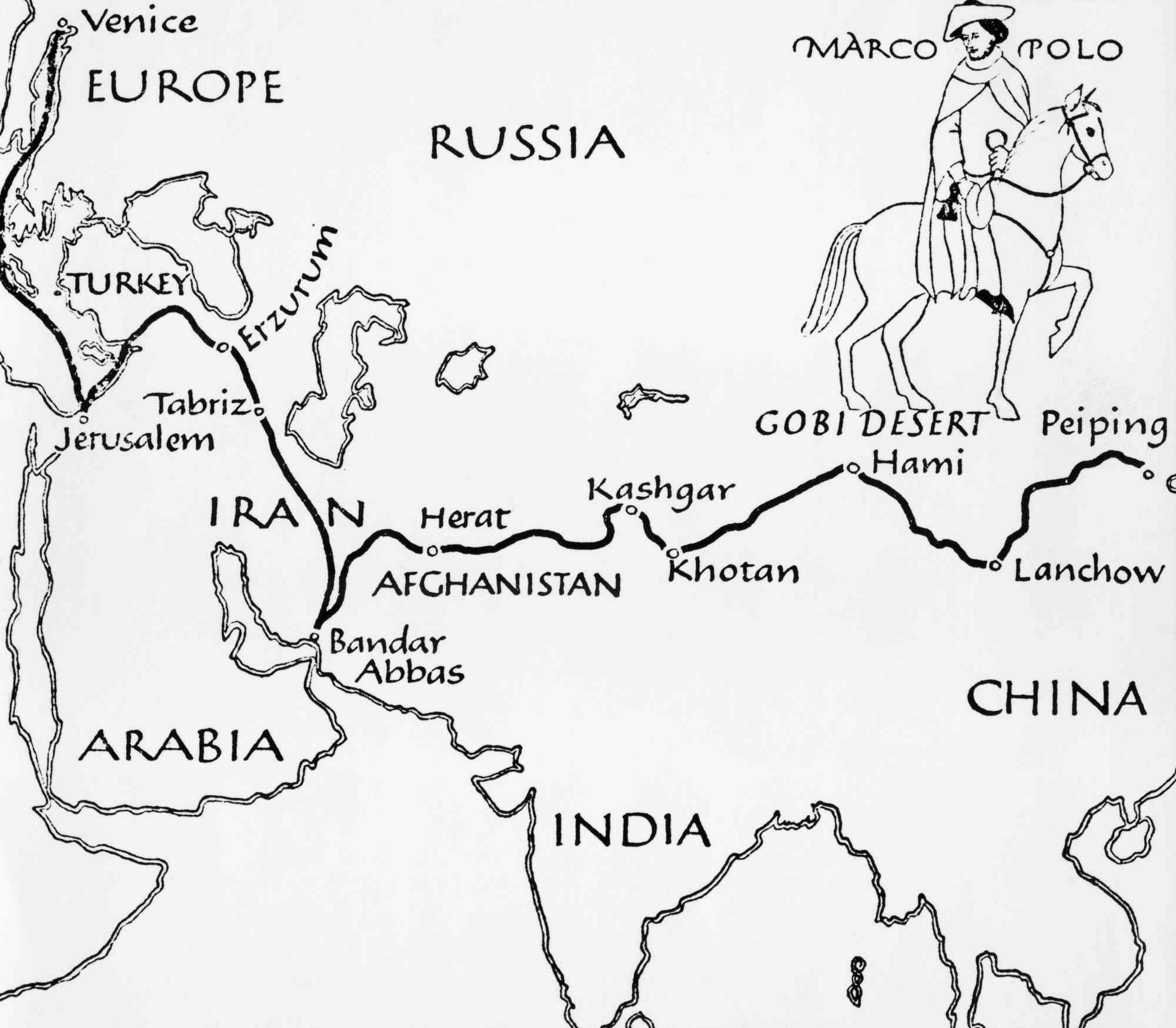
Map showing Marco Polo's route to the Far East
More than 700 years ago, the Italian explorer Marco Polo took four years to travel along the route through present day Iraq, Iran, and Turkmenistan to ancient China, and documented his voyage, which recorded a culture completely unknown to Europe at that time and did much to kick start the Western age of exploration.
Beyond silk: A diverse trade route
The historic trade route derived its name from lucrative Chinese silk, which was one of China’s chief exports and most precious diplomatic gifts. However, the term was not widely used until the mid-nineteenth century, when the German geologist Baron Ferdinand von Richthofen called the trade and communication network Die Seidenstrasse (the Silk Road) in one of his books.
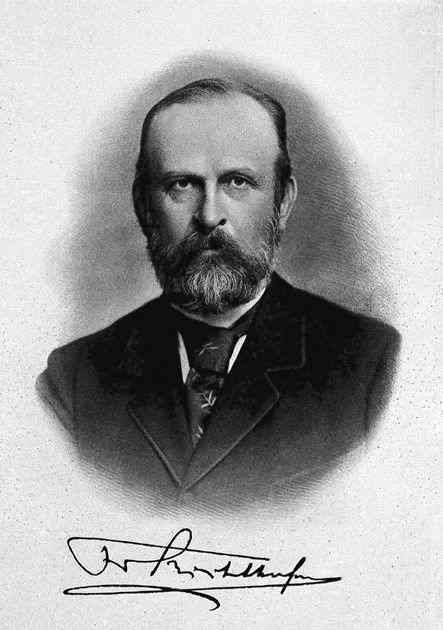
Ferdinand Freiherr von Richthofen, a German traveler, geographer, and scientist.
Other luxuries were later transported to the west across the Silk Road, including porcelain, fine jewelry, tea, gold, exquisitely carved jade, spices, coral and ivory. Trade was not just one-way traffic – in the opposite direction, bronze weapons, furs, ceramics and cinnamon bark were sent China’s way from the west.
Maritime routes were also crucial in this network, linking south Asia through the Strait of Malacca and Arabian Sea to the Mediterranean by sea, and were mainly used for the trade of spices, thus becoming known as the Spice Routes.
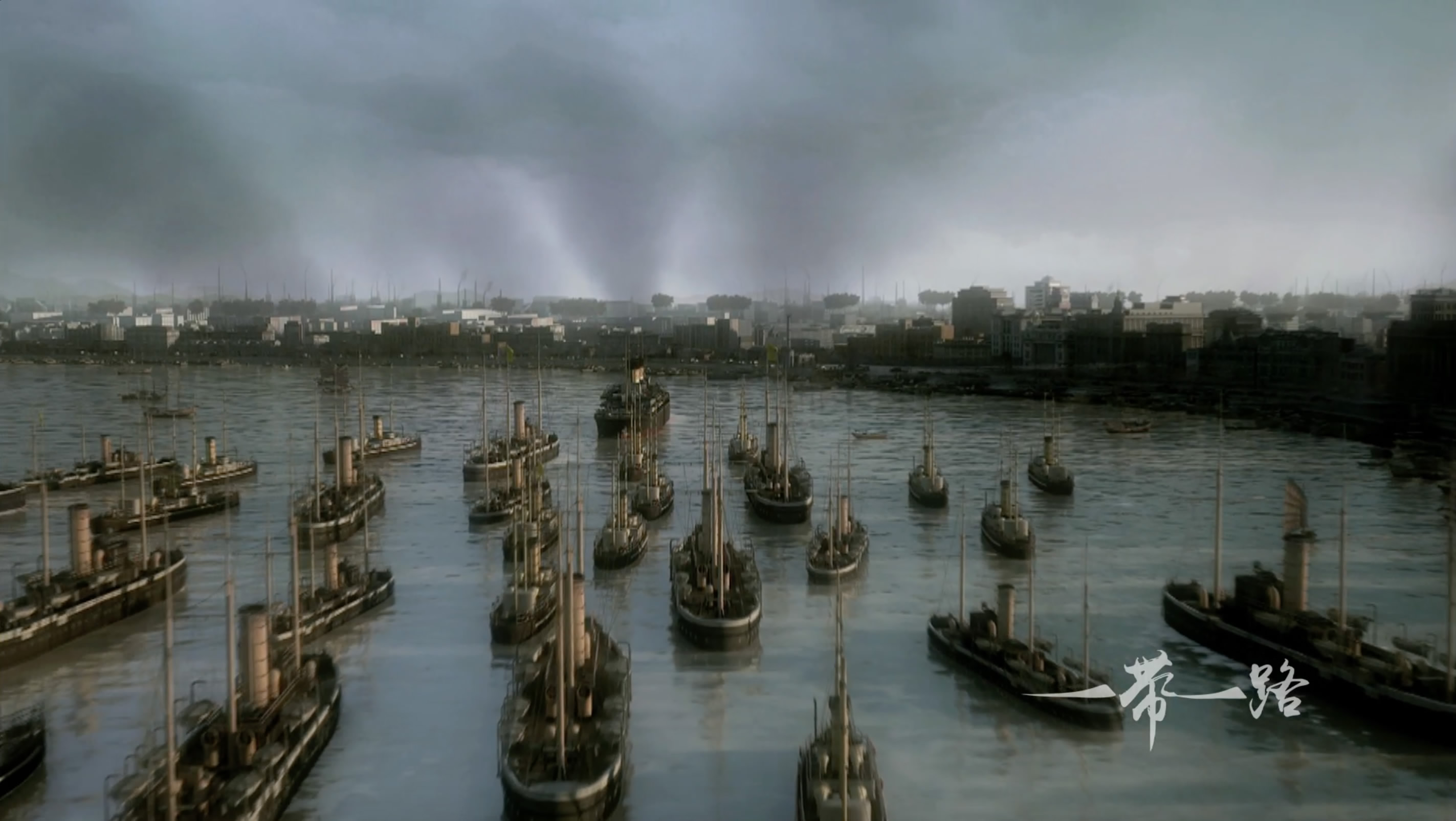
Merchant fleet setting off from South China’s ports
Routes of communication
These vast trade networks also brought about continuous and widespread interaction between many cultures, an exchange that was perhaps the most profound legacy of the Silk Road. Languages, knowledge, ideas, cultures and beliefs were exchanged between peoples constantly mixing together and moving along the Silk Road, a phenomenon that left its mark on the cities along the trade route. Through this multicultural exchange, which was previously unprecedented in world history, science, technology, arts, literature and crafts were all greatly influenced, with the Silk Road leaving behind a legacy that continues to be felt throughout the region today.
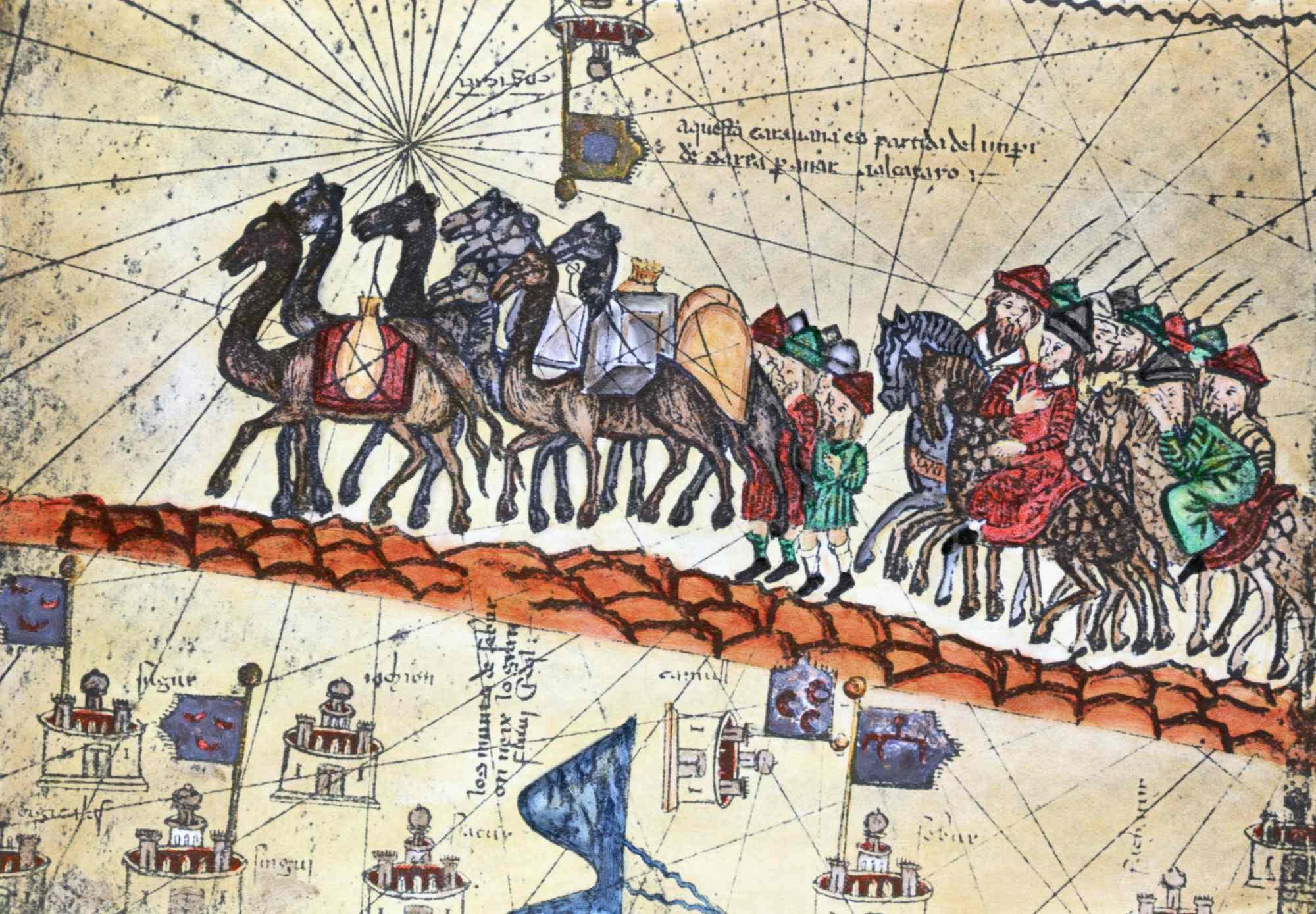
A medieval painting showing the 13th-century caravan of Niccolo Polo (father of Marco Polo) and Maffeo Polo (uncle of Marco Polo) crossing Asia.
Ancient cities connected along the Silk Road Chang’an
Chang’an was one of the most important ancient imperial capitals and cities in Chinese history, and was located close to today’s Xi’an, in Shaanxi Province. As the starting point of the Silk Road, it was an industrial and commercial hub of the nation for millennia, and acted as a key crossroads for people of various cultural backgrounds, ethnic identities and religious beliefs from regions throughout Asia and the Middle East.
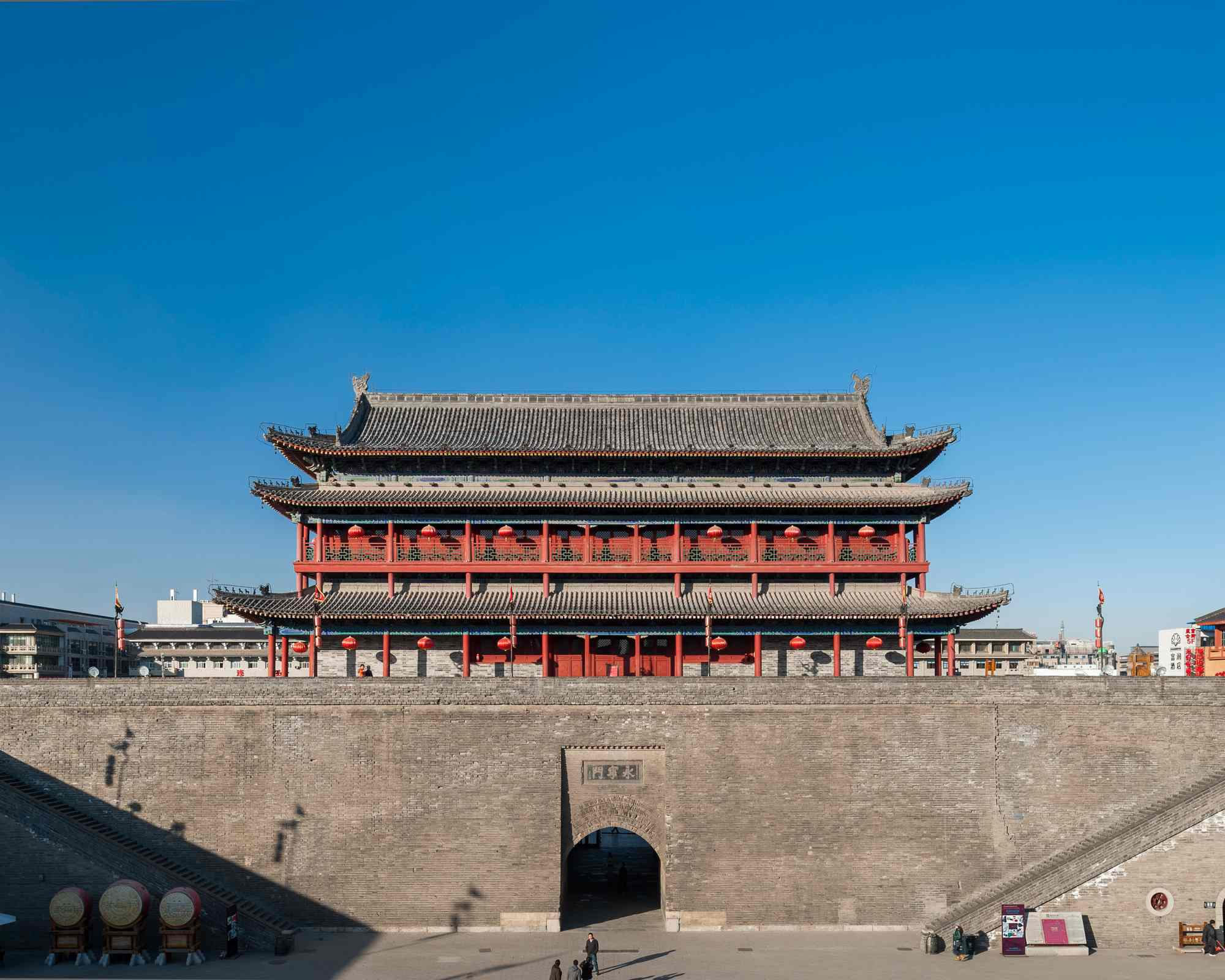
CFP Photo
The ancient city featured two bustling business and trade districts – the East Market and the West Market – both thriving centers of commerce in Chang'an during the Tang Dynasty. The West Market, which was dedicated to trade in for-eign and exotic merchandise, attracted a great number of international custom-ers and merchants, bringing together people from Central Asia, Persia, Arabia, South Asia, Korea and Japan.
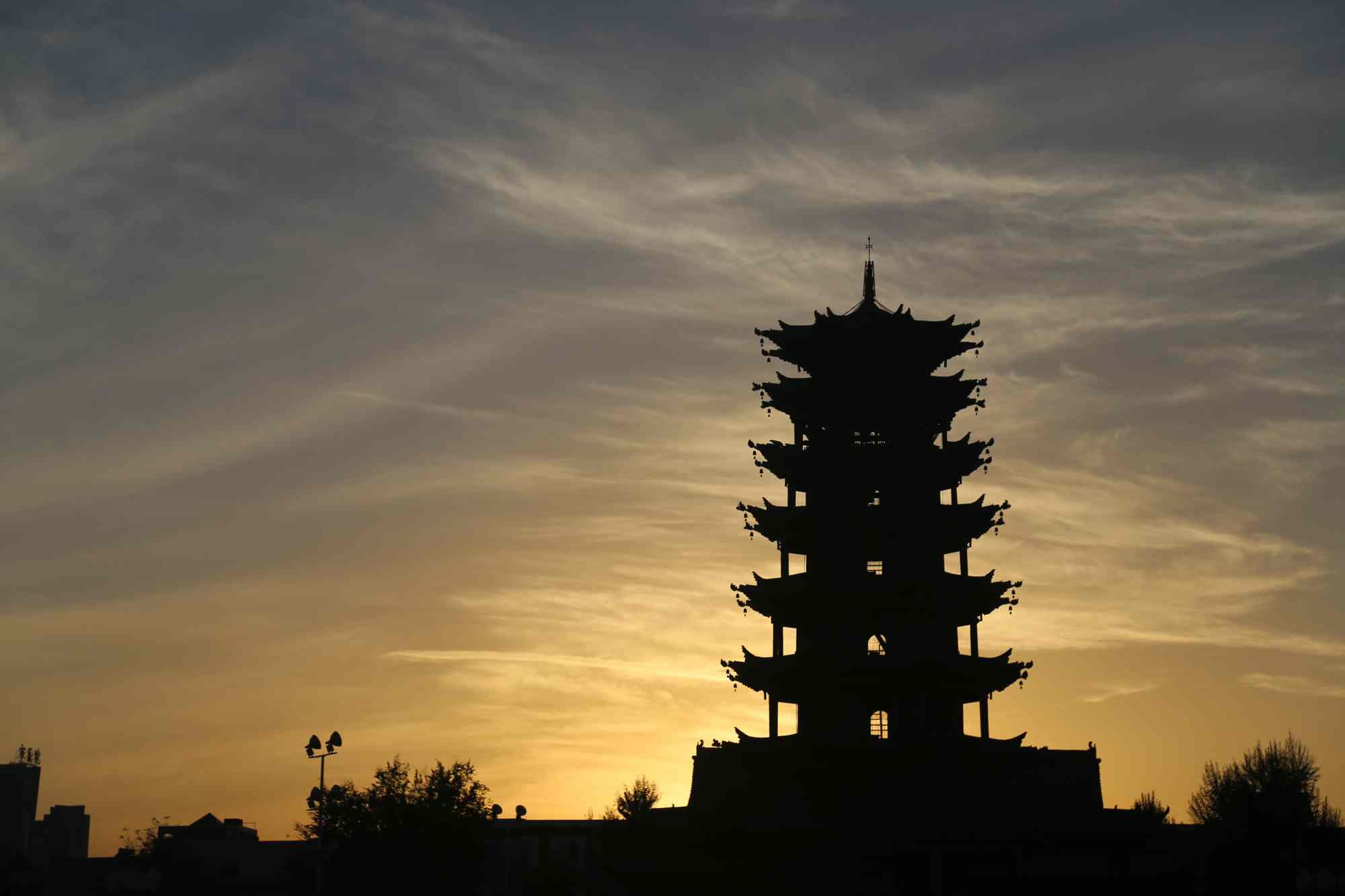
CFP Photo
Constantinople
Today known as Istanbul, Constantinople was the capital of the Eastern Roman Empire, as well as the largest and wealthiest urban center in the region from 330 AD to 1453 AD. The city stood at the Mediterranean crossroads of many sea and overland trade routes linking Europe and Asia, with its geographic location ensuring it played an essential role in west-east economic and cultural exchange, as well as making it the main transit point and western terminus of the Silk Road.
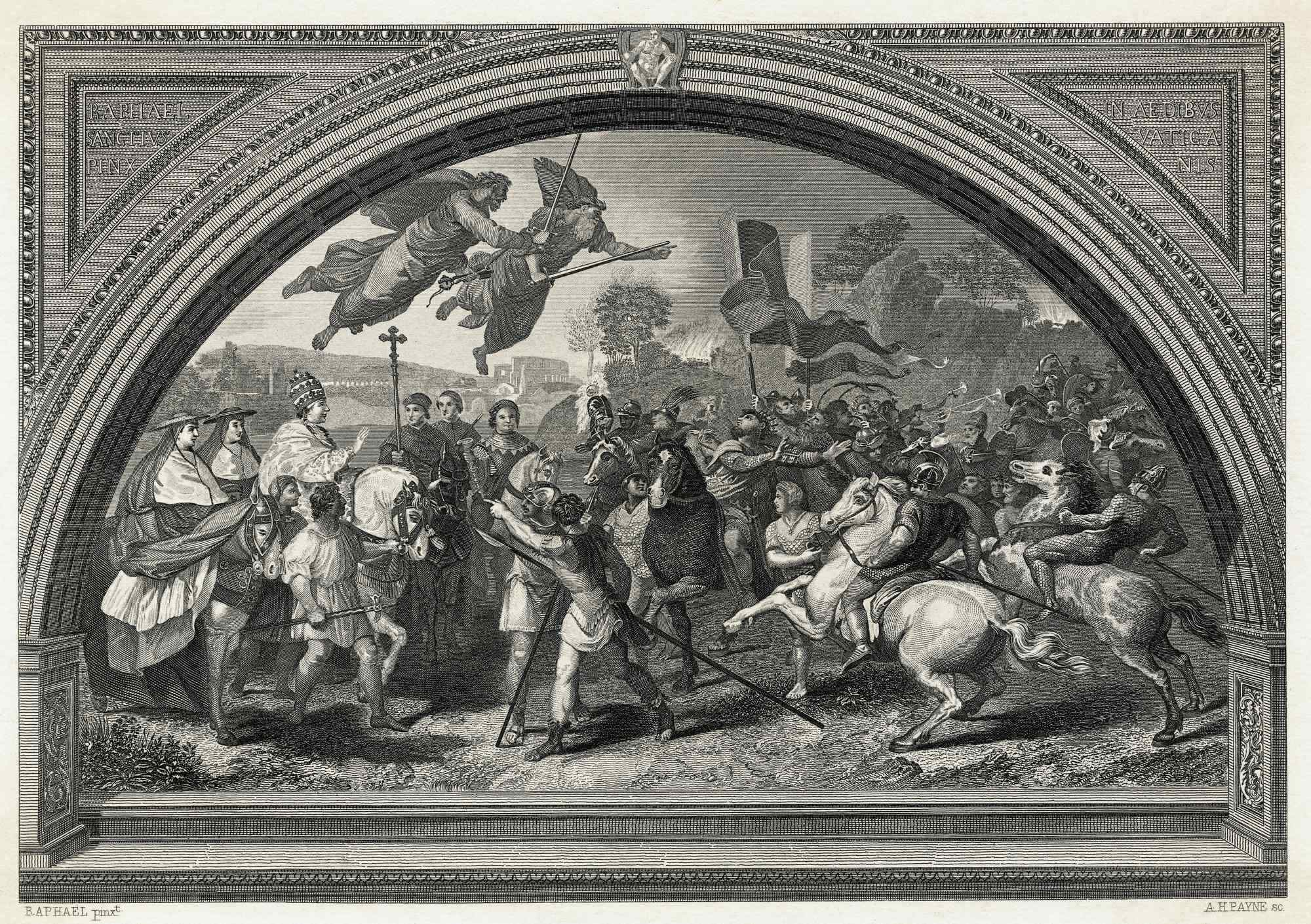
CFP Photo
The trade routes brought fabulous wealth to the empire, with the city a key trade and commerce hub in the medieval pre-Renaissance period and a source for luxuries that made it the envy of rival kingdoms across the region.
Fun facts about the Silk Road

Caravan with camels passing through the desert
· Not just goods or luxuries were traded along the Silk Road to Europe, but also the bubonic plague, or Black Death, which is believed to have killed almost one third of the entire population of Europe in the Middle Ages.
· By the year 1453 when Constantinople was occupied by the Turkish Ottoman Empire, the Silk Road was blocked to prohibit foreign trade. But this urged the exploration of new routes to the orient that bypassed Constantinople, which later led to great discoveries by famous navigators including Vasco De Gama and Pedro Cabral.
· Ancient China built the Great Wall partly for the purpose of protecting trade along the Silk Road from being attacked by nomadic groups.
· Romans were actually not direct trading partners with ancient Chinese mer-chants. In the middle of these two great empires were Persian merchants and other central Asians who played an essential role in bringing the two ancient powers together.
(Story by Wang Xinxin)









